032718_YKMV_A3.pdf








shop online at www.missourivalleyshopper.com
March 27, 2018 • Page 3
Feed at Night, Calve During the Day
BROOKINGS, S.D. - Does feeding time
influence the time of calving? To answer
this question, SDSU Extension Cow/Calf
Field Specialists Adele Harty and Taylor
Grussing look to research data.
"Yes, feeding affects time of calving,"
Harty said. "Feeding cows later in the day
and evening will increase the number of
calves born during daylight hours, when it
is easier for livestock producers to watch
them more closely."
Gus Konefal, a rancher from Manitoba, Canada first developed this feeding
method after he discovered 80 percent of
his cows calved between 7 a.m. and 7 p.m.
when they were fed later in the day.
Konefal's method included a twice a
day feeding, with first feeding between
11 a.m. and noon and second feeding
between 9:30 p.m. to 10 p.m.
Supporting Research
Similar research was conducted at
Iowa State University.
"This research used the Konefal feed-
ing system, but only feeding one time per
day at 4 p.m., starting two weeks prior to
the expected start of calving," Grussing
said.
The result? Eighty-two percent cows
calved between 6 a.m. and 10 p.m. with 91
percent of the calves born before 11 p.m.
"Only 9 percent of calves were born
outside the window when traditional calf
checks are performed," Harty said.
When heifers were separated from the
data set and analyzed, 90 percent calved
in this same time frame.
A survey collected from 15 beef producers in Iowa and Missouri also reported
that when they fed once daily between,
5 p.m. and 10 p.m., the result was 85 percent of cows calving between 5 a.m. and
midnight.
Compare this data to cows from herds
not on the Konefel feeding system. That
data showed an equal distribution of cows
calving during the night as during the day,
a 50/50 split.
Dodd-Frank Reform Bill
Provides Regulatory Relief
To Community Banks And
Credit Unions, Includes
Consumer Protections
By Sen. Mike Rounds
The Senate recently voted to pass the first major overhaul of our financial system since the Dodd-Frank Act was
signed into law in 2010. S. 2155, the Economic Growth, Regulatory Relief and Consumer Protection Act, is a bipartisan
effort that begins to roll back the unnecessary and burdensome regulations placed on small banks and credit unions
following the financial crisis. This has hindered the ability
of those institutions to serve their customers, particularly
in rural areas. Our legislation will help make sure families
and businesses have access to credit when they need it,
which is critical as we continue to grow a healthy American
economy.
As a member of the Senate Banking Committee, I was
happy to be an original cosponsor of our bipartisan effort.
In fact, S. 2155 includes seven provisions I took the lead on,
such as the Home Mortgage Disclosure Adjustment Act,
which will provide small banks and credit unions with data
reporting relief. It also includes a provision to help small,
local federal savings associations, known as FSAs or thrifts,
expand their ability to offer loans to more families and businesses without going through a costly charter conversion
process.
Our legislation also takes steps to help veterans, as it
includes my Protecting Veterans Credit Act, so that vets
who are waiting on delayed payments from the VA Choice
Program cannot be penalized by creditors. We were also
able to secure a provision to protect seniors by removing legal liability for individuals who report the financial abuse of
vulnerable senior citizens. These are just a few of the items
included in the bill to protect consumers and relieve small
financial institutions from time-consuming and costly layers
of bureaucracy that they currently face under Dodd-Frank.
Some regulatory recalibration was necessary in response
to the financial crisis, but Dodd-Frank’s crippling new rules
and regulations have limited the ability of our financial
system to best serve the American people. Without question, no one wants to repeat the events that contributed to
the economic recession that began in 2008. We are only now
beginning to lift out of that nearly decade-long economic
slump thanks to the tax relief law and President Trump’s
focus on regulatory reform. There is still work to be done
to get back to a healthy American economy and that’s why
our legislation is so important. Every step we can take to
provide relief to our lenders is a win for families and businesses who rely on those lenders to provide the tools that
they need to grow our economy and create jobs.
The Economic Growth, Regulatory Relief and Consumer
Protection Act will strengthen our financial system and allow small banks and credit unions to focus on serving their
communities - their friends, neighbors, store owners and job
providers. I’m pleased the Senate was able to come together
in a truly bipartisan fashion to provide much-needed relief.
We remain optimistic we will be able to work with the House
of Representatives to get this legislation to the president’s
desk in a timely manner.
Researchers at USDA-ARS at Miles City,
Montana completed at three-year study
evaluating differences in feeding time on
calving time.
"The numbers were not as dramatic
as Konefel and Iowa State data," Grussing
said. "However, there was a consistent 10
to 20 percent decrease in the number of
cows calving between 10 p.m. to 6 a.m. in
the late fed cows compared to the early
fed cows."
Management Considerations
If you're a cattle producer who would
like to see more calves born during
daylight hours, below are some points to
consider when implementing the Konefal
calving method.
1.Research indicated for this method
to be most effective, evening feedings
should be implemented one month prior
to the scheduled start of calving. If feeding times are changed closer to calving,
this will result in a more calves born during the day than morning feeding.
GFP Reminds Individuals That Gray
Wolves Remain Protected In South Dakota
PIERRE, S.D. – The South Dakota Game, Fish and Parks
(GFP) wants to remind individuals that gray wolves remain protected under the federal Endangered Species Act
across the entire state. This federal protection has been
in place since 2014.
Over the years, South Dakota has had gray wolves
incidentally killed on both sides of the Missouri River.
South Dakota does not have suitable habitat to maintain a population of wolves. Transient wolves from surrounding states have been documented traveling through
South Dakota, but are very uncommon.
Sportsmen and women as well as fur harvesters are
reminded that gray wolves may occur in South Dakota
and need to exercise caution if they believe a gray wolf is
in the area. Hunters need to clearly identify their target
PIERRE, S.D. – Gov. Dennis Daugaard on March 21
signed the budget bills, which revise the budget for Fiscal Year 2018, set the budget for Fiscal Year 2019, and
provide ongoing increases for state employees, education, and Medicaid providers.
“South Dakotans can be proud of this balanced budget
which funds increases for our state’s three priority areas,” said Gov. Daugaard. “Revenue outlook has improved
slightly since I offered my budget proposal in December,
allowing us to give state employees a raise and invest
more in our schools and Medicaid providers. Considering
where we began, I’m happy with where we ended.”
House Bill 1320, the General Appropriations Act, provides for the following ongoing increases in FY2019:
•1.2 percent for state employees,
•1 percent for K-12 education,
•2 percent for community-based Medicaid providers
•0.5 percent for other Medicaid providers
House bills 1045 and 1056, also signed today, provide
additional funding for education. HB 1045 transfers $5.8
Find it
here!
million in budget reserve money to K-12 to cover costs of
higher than anticipated enrollment and HB 1056 increases the amount local governments may levy in property
taxes.
Including general, federal and other funds, the total
budget for Fiscal Year 2019 is set at $4.7 billion. The
adopted budget continues the Governor’s policy of
achieving a structurally balanced budget, using one-time
money to fund only one-time expenses and ongoing dollars to fund ongoing expenses.
Gov. Daugaard also signed Building South Dakota
legislation into law today. Senate Bill 81 maintains four
separate Building South Dakota funds for housing, local
infrastructure, workforce and economic development.
“Establishing the Building South Dakota program is
among the most significant economic development steps
we have taken in the past seven years. This new funding mechanism establishes a reliable, ongoing revenue
stream so the Building South Dakota grants can be better
sustained for the future,” Gov. Daugaard said.
Auctions, Entertainment, Baby Goods,
Furniture, Toys, Antiques, Electronics, Cars,
Homes For Sale/Rent and MORE!!!
MV Shopper
Elderly and disabled South Dakotans have until April
Un-remarried widows/widowers of those who previ1, 2018 to apply for property tax relief under South
ously qualified for the program may still qualify in some
Dakota’s Assessment Freeze for the Elderly and Disabled
circumstances. The valuation limit for the program is
Program.
$190,122.74 or more of full and true value, meaning that
Under the program, a qualifying homeowner’s propproperty valued above those limits is not eligible unless
erty assessment is prevented from increasing for tax
the applicant has previously qualified.
purposes. If the actual value of the home increases, the
The deadline to apply for the program is April 1, and
homeowner still pays property taxes on the lower value.
applications must be submitted to the applicant’s local
To be eligible for the Assessment Freeze for the
county treasurer’s office. Applications are available at
Elderly and Disabled Program, individuals must meet the
county treasurer’s offices or online at http://dor.sd.gov/
following qualifications:
Taxes/Property_Taxes/Forms.aspx.
•Have incomes of less than $27,697.78 for a singlemember household (only one individual in the household) or less than $34,622.21 for a multiple-member
household
•Have owned or retained a life estate in a single-family
dwelling, in fee or by contract to purchase, for at least
one year and have been a resident nd South Dakota th atth
of
for
December 2 & 3rd, 9th & 10 , 16 & 17Farm Filters • Hydraulic Hoses • Bearings & Seals
• th • 1-3:00PM
least one year
•Have resided in the single-family dwelling for at least
Bring Your Cameras!
1007 Broadway Ave
Yankton, SD
200 days of the previous calendar year
•Be 65 years of age or older or disabled (as defined by
605•665•4494
the Social Security Act)
Let Our Family
Business Keep Yours
In The Go With:
Cox Auto
Call 665-5884 to
place your ad here.
before using their firearms when hunting coyotes. If a
suspected wolf is in a trap, individuals should contact
GFP officials immediately. The federal protections of the
Endangered Species Act prohibit the take of a gray wolf
unless it is threatening human life.
GFP does not have any plans or intentions of facilitating the establishment of gray wolves in South Dakota.
If livestock producers have concerns with a suspected
wolf near their operation, they should contact a local
GFP wildlife damage specialist or regional office. If the
livestock loss is determined to have been possibly killed
by a gray wolf, the department will work directly with
U.S. Fish and Wildlife Service to address the situation.
For more information or to learn more about identifying gray wolves and coyotes, please visit gfp.sd.gov/wolf.
Gov. Daugaard Signs Budget
Bills, Building South Dakota
Legislation
April 1 Deadline For Property Tax
Assessment Freeze Program
Interested in
this spot?
2.Iowa State University data advises
staying as close to the same feeding
schedule and feed amount as possible
each day. Deviating more than 15 minutes,
or providing too much feed, will yield less
desirable results.
3.Maintain regular night checks. Konefal calving may simply mean that there
will be less work to be done between
checks due to fewer calves born during
the night.
4.The Konefal calving method works
best in a drylot situation where all feed is
provided. Desired effect in a grazing situation may not be seen unless supplemental
hay or timing of grazing can be regulated.
5.Weather can play a role in effectiveness. Before or during storms, cattle may
not come to the bunk to eat and may be
more likely to calve at night.
6.Additional research indicates that
a first calf heifer who calves during the
day will tend to calve during the day the
remainder of her productive years.
M I S S O U R I VA L L E Y
Spring brings
flowers and
plenty of showers!
Update your roof now and
Save Money
on repairs later!
We INSTALL/RepAIR Roofs of ALL Kinds
FRee Inspections & estimates
Licensed / Bonded / Insured
ROOFS • GUTTERS
SIDING • AND MORE
Always THIS SPOT?
INTERESTED IN LOW Liquor Prices!
Call 665-5884 to place your ad here.
•Busch & Busch Light 30 pks ........... $14.99
•Old Milwaukee & Light 30 pks ........$14.99
$
•Miller High Life
www.missourivalleyshopper.com
www.missourivalleyshopper.com & Light 30 pks ........ 13.99
109 W. 3rd St. • 605-665-7865 * Yankton Meridian District * www.yanktonrexall.com
407 Ruth Street, Yankton, SD
605-857-1472 (Yankton)






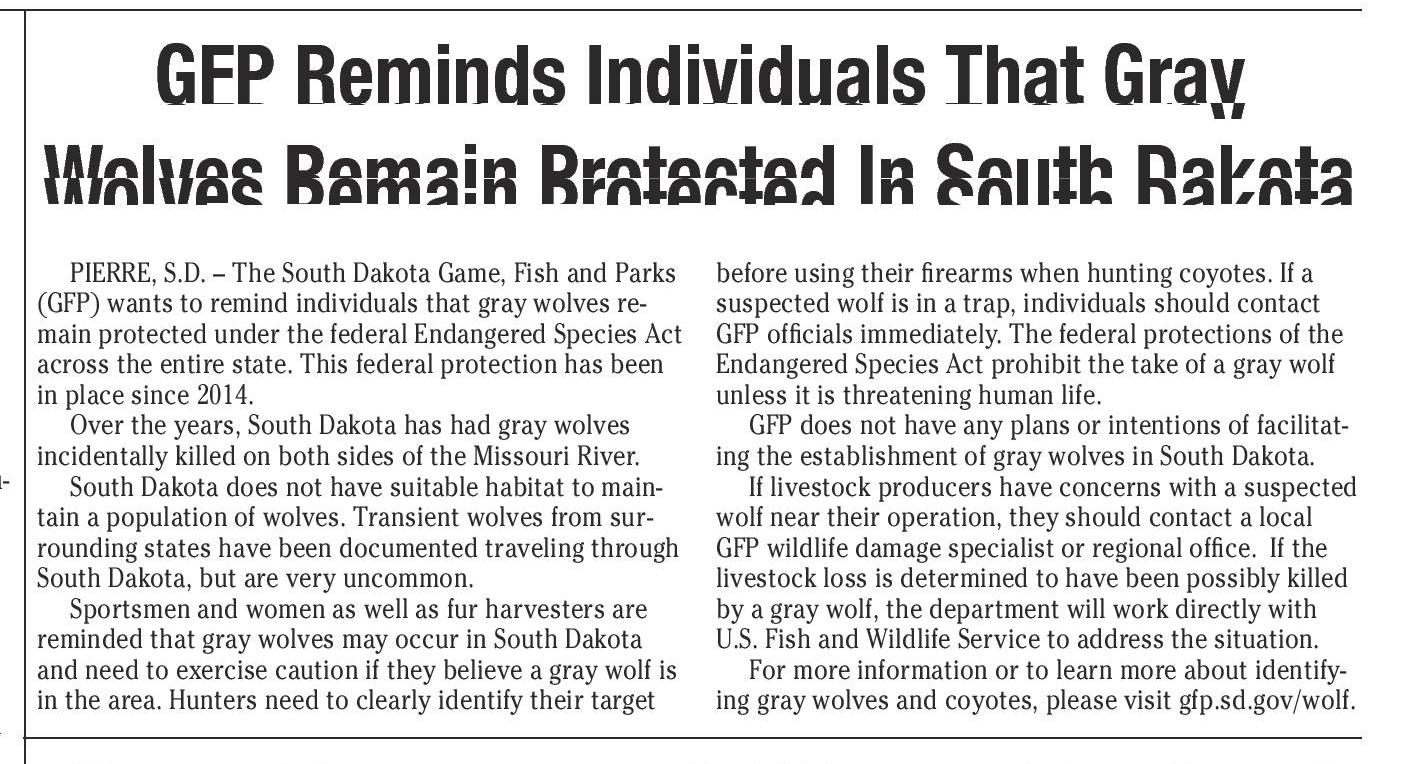
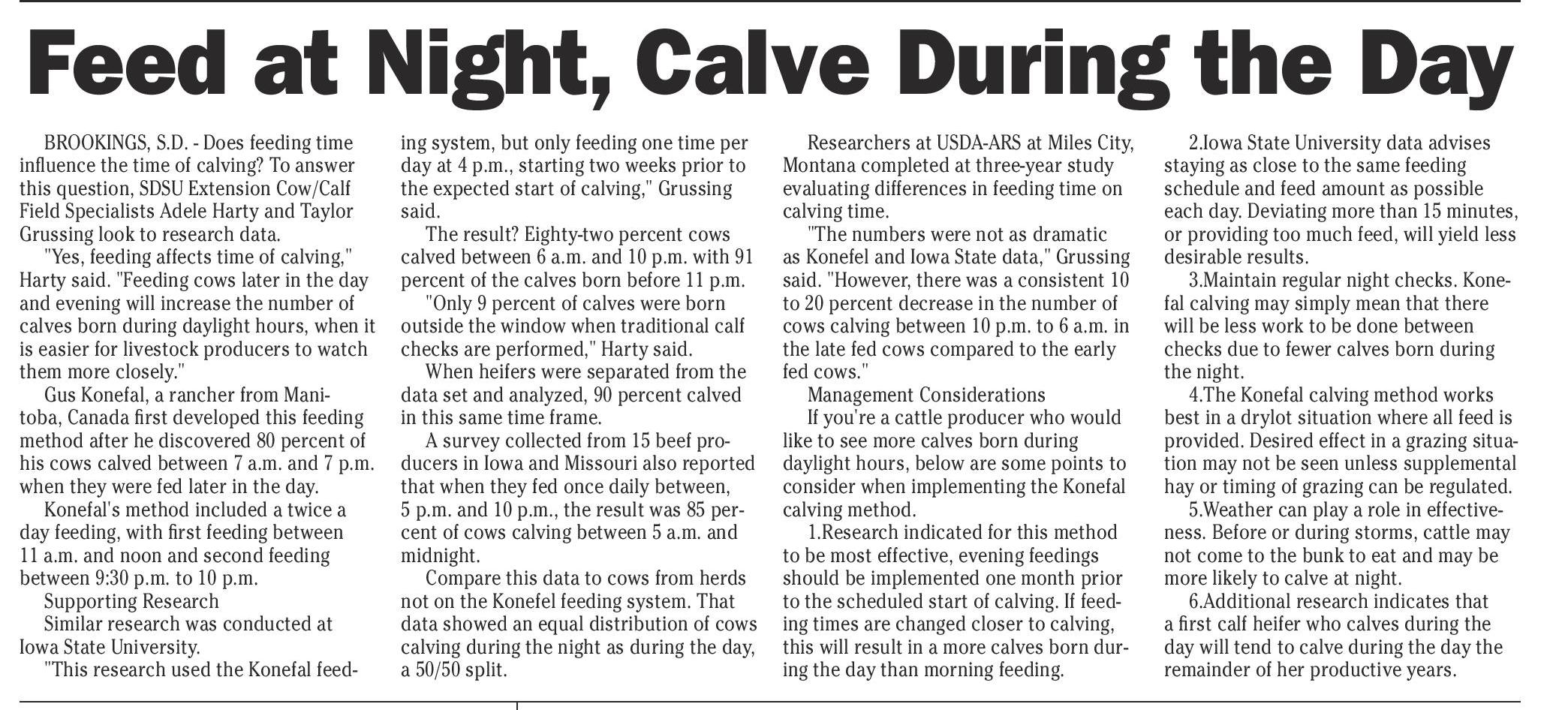









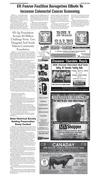
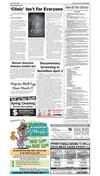
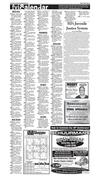

 Previous Page
Previous Page





